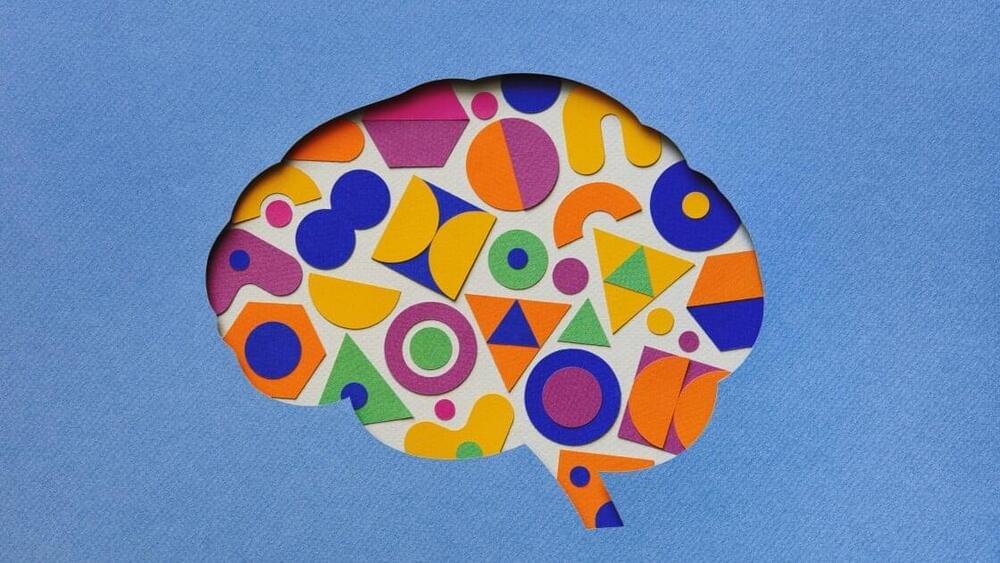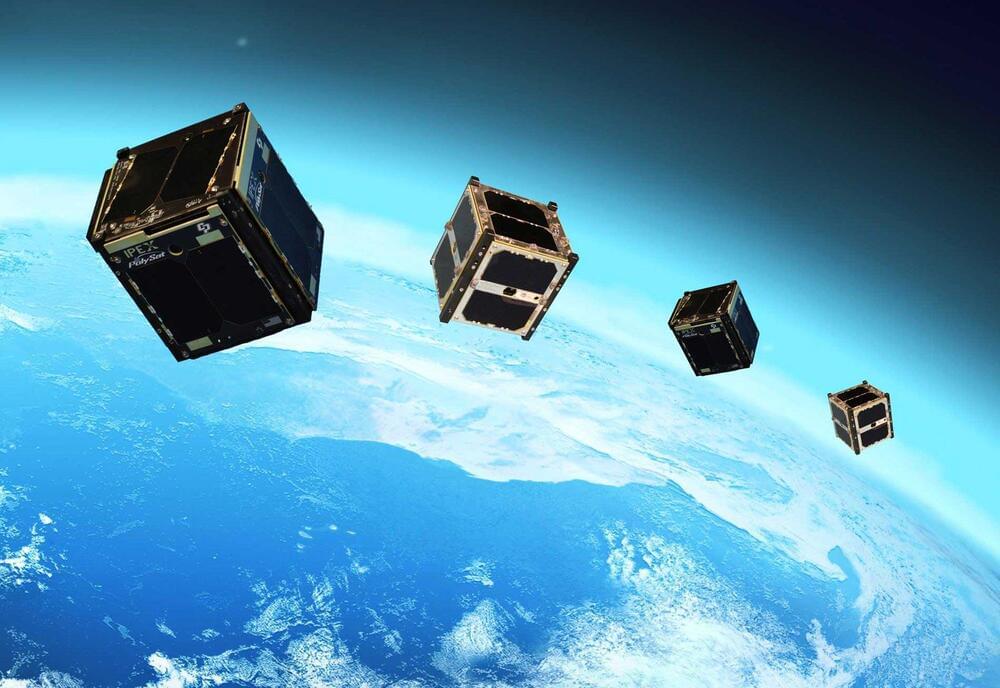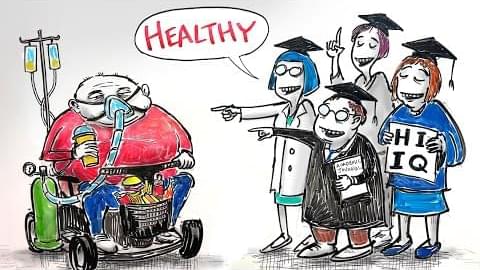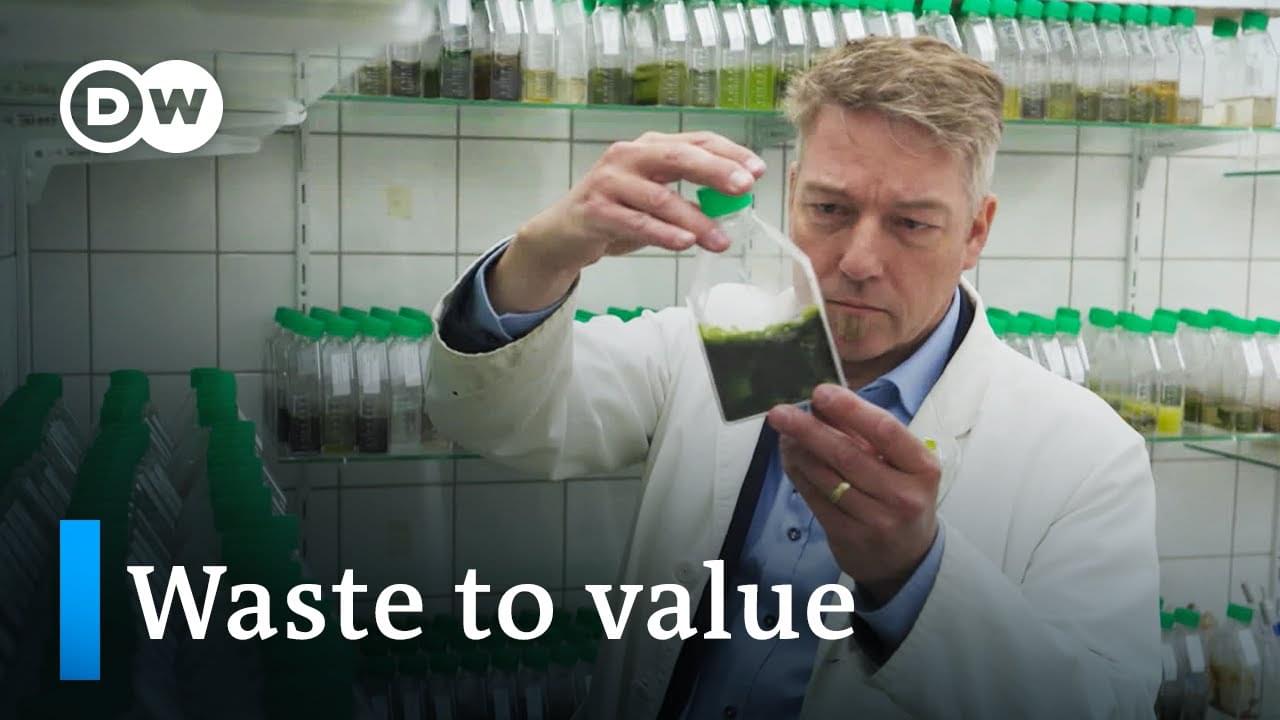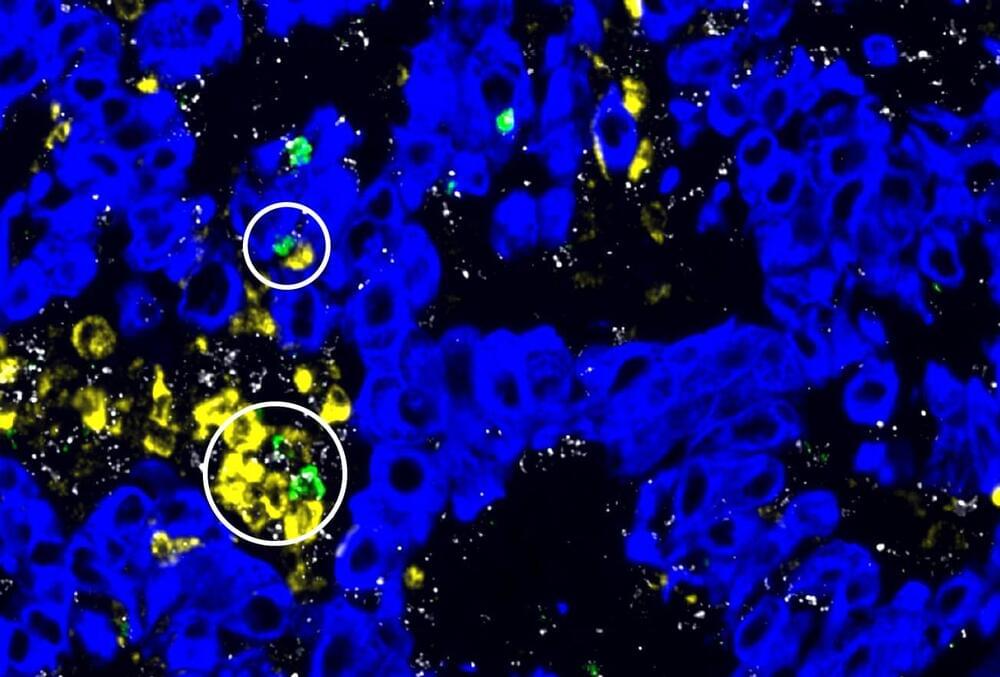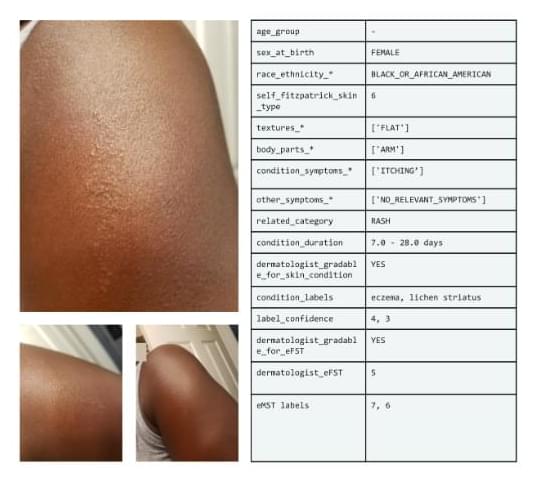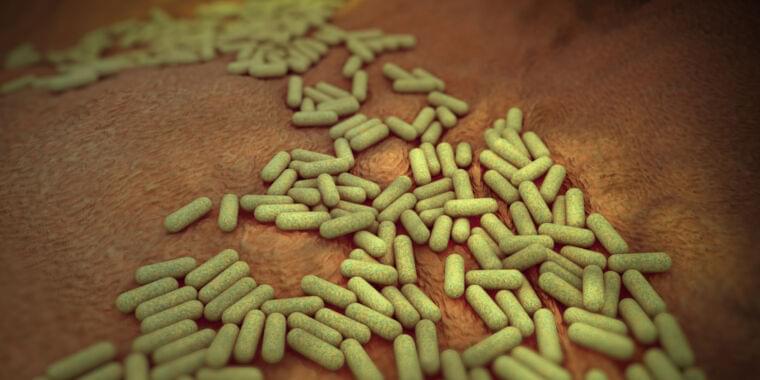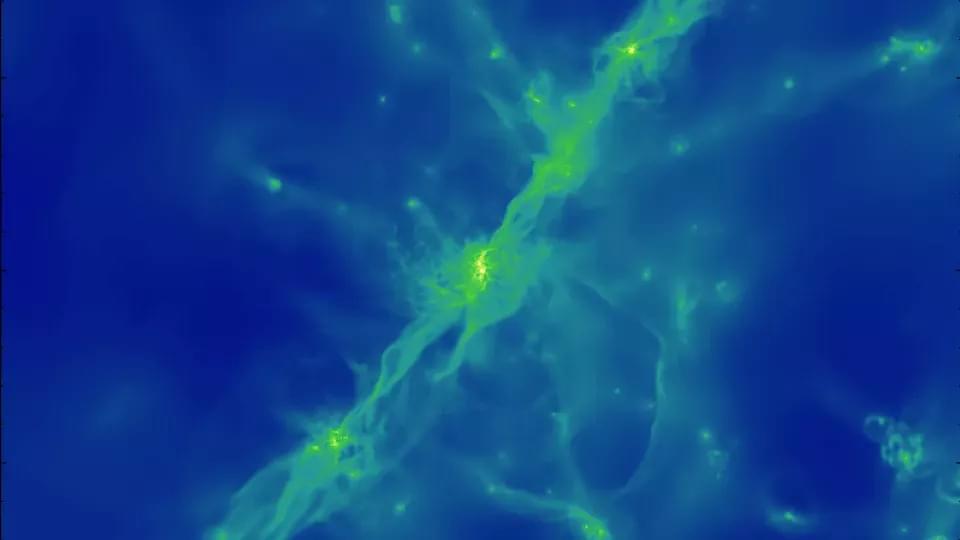Mar 22, 2024
Harnessing Hemp: Empowering Native American Economies
Posted by Laurence Tognetti, Labroots Inc. in categories: economics, education, food, sustainability
“There is still significant interest and potential in industrial uses of hemp,” said Dr. Jeffrey Steiner.
How can hemp production help boost local Native American economies? This is what a $10 million grant from the U.S. Department of Agriculture’s (USDA) National Institute of Food and Agriculture hopes to achieve as they recently awarded this grant to the Global Hemp Innovation Center at Oregon State University (OSU) to foster collaboration with 13 Native American Tribes across the western United States, including California, Montana, Nevada, Idaho, Washington, and Oregon with the goal of creating economic stimuli for those communities while improving hemp production.
The grant comes with four primary objectives in achieving collaboration with the 13 Tribal nations, including educational opportunities, technology development, building trade networks, and ensuring product quality. This grant comes as the 2018 Farm Bill helped legalize hemp, leading to hemp production reaching $824 million across the United States in 2021.
Continue reading “Harnessing Hemp: Empowering Native American Economies” »

